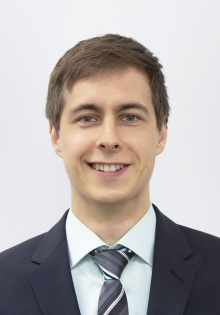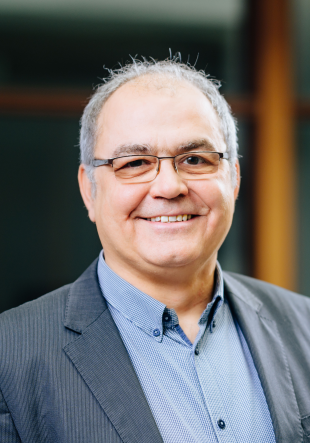FOR 2863 - Scalable THz Transceiver Impairment Model
Overview
Compared to radios operating at purely optical wavelengths or RF/microwave frequencies, the combination of extremely high absolute bandwidths and high relative bandwidths in the THz frequency regime, paired with the severe performance limitations of technologies operating in the so-called "THz-gap", imposes unique challenges on modern digital transmission schemes relying on high signal integrity. Since no direct DSP is yet possible at THz frequencies, signals need to be frequency-shifted into and from the THz range. This frequency-shifting is performed by the transceiver, which can be implemented based either on fully electronic, fully photonic or mixed electronic-photonic technologies. The latter approach is today the most promising way forward since it allows to combine the unique advantages of both domains, namely the low receiver noise, high transmit power and high functional integration density of electronics-based THz transceivers, with the high spectral purity and high quality phase and frequency control of photonics-based THz signal generation.Project B2 of Meteracom aims at developing a theoretical and experimental understanding of the design of THz transceivers based on electronic and photonic technologies, as well as circuit design and simulation methods of optimizing their application-specific characteristics, in view of pushing their data rate capability, modulation format versatility and system gain. The project will also provide a technology platform for the experimental validation of the Terahertz metrology concepts investigated in the frame of the other projects.Electronic THz transceiver circuits operating within the WR3 frequency range from 220 to 325 GHz will be investigated, with a particular focus on ultra-wideband (> 60 GHz) channel bandwidths, as encountered in THz communication, radar and metrology applications. In an application-oriented top-down design approach based on theoretical analysis and system-level CAD simulations, the sensitivity of the vectorial signal degradation of communication signals on the impairments of heterodyne, quadrature electronic THz transmit receive frontends will be studied, experimentally evaluated, and finally minimized in dedicated transceiver circuit design.Complementing the active THz transceivers, highly stable and spectrally pure photonics-based signal generation with the help of mode-locked lasers will be investigated, serving, both, as a tunable THz signal source and as a stable local oscillator to the electronic transceivers.Experimental validation in this project will comprise the time and frequency domain characterisation of the individual electronic and photonic transceiver components, as well as complete data transmission experiments using combined photonic-electronic transceivers in a back-to-back configuration, as well as existing THz transceivers with air interface from prior art.
DFG Programme Research Units
Key Facts
- Grant Number:
- 403579441
- Research profile area:
- Optoelektronik und Photonik
- Project type:
- Forschung
- Project duration:
- 01/2022 - 09/2025
- Funded by:
- Deutsche Forschungsgemeinschaft (DFG)
- Website:
-
DFG-Datenbank gepris
More Information
Contact
If you have any questions about this project, contact us!
Maxim Weizel, M.Sc.
System and Circuit Technology / Heinz Nixdorf Institut
Wissenschaftlicher Mitarbeiter





